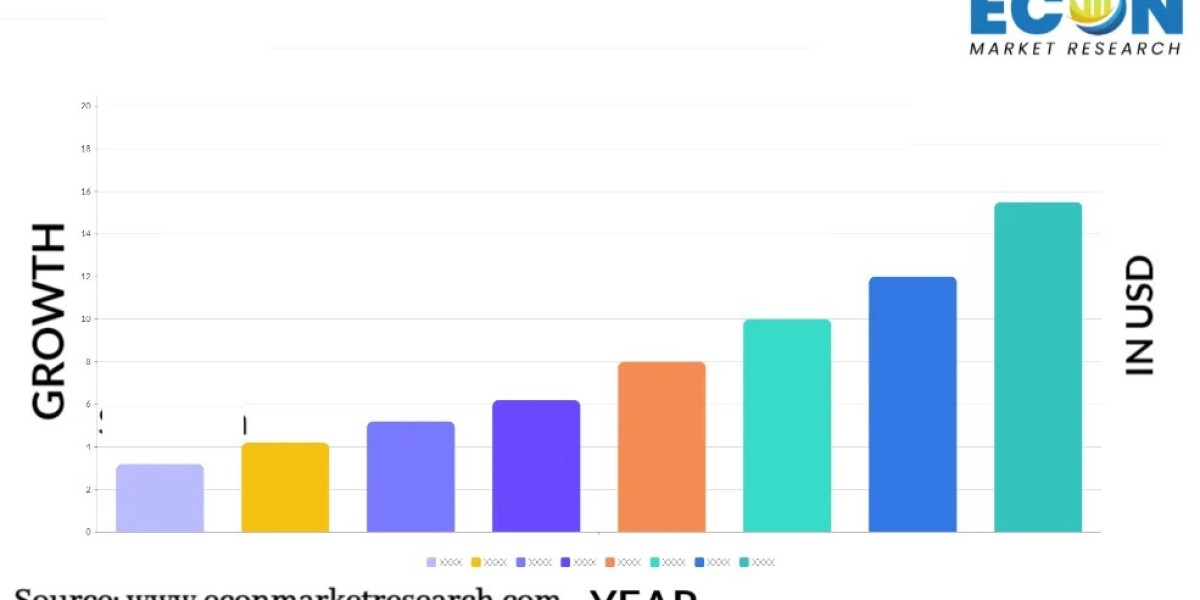Augmented Reality (AR) and Virtual Reality (VR) are transforming the manufacturing sector, driving innovation, improving efficiency, and enhancing workforce training and collaboration. These immersive technologies are playing a crucial role in reshaping how manufacturing processes are designed, monitored, and optimized. AR overlays digital information onto the physical world, enabling real-time data visualization and interaction with virtual elements, while VR immerses users in a completely virtual environment, allowing them to simulate and test manufacturing processes in a risk-free setting. The integration of AR and VR into manufacturing workflows helps businesses stay competitive by reducing errors, speeding up production, and improving quality control.
The Role of AR in Manufacturing
Augmented Reality (AR) offers immense benefits in manufacturing by bridging the gap between the digital and physical worlds. One of the key applications of AR is in maintenance and repair. By using AR-enabled devices such as smart glasses, technicians can visualize complex machinery and receive real-time, step-by-step instructions for repairs or assembly tasks. This not only reduces downtime but also minimizes human error and accelerates the learning curve for less experienced workers.
The Role of VR in Manufacturing
Virtual Reality (VR) is revolutionizing how manufacturers approach training, design, and process optimization. VR enables manufacturers to create virtual simulations of production lines or assembly processes, which can be used for training workers in a safe, controlled environment. This is particularly useful for high-risk industries like automotive or aerospace manufacturing, where errors in the real world can lead to costly damage or safety hazards. By training in a virtual environment, employees can gain hands-on experience without the associated risks.
Applications of AR and VR in Manufacturing
The applications of AR and VR in manufacturing are wide-ranging, touching every aspect of the production lifecycle. In assembly lines, AR is being used to guide workers through complex tasks by overlaying instructions directly onto the components they are assembling. This reduces the cognitive load on workers, improves accuracy, and speeds up production times. AR also allows for remote assistance, where experts can provide real-time guidance to workers on the shop floor from anywhere in the world, improving operational efficiency.
Benefits of AR and VR in Manufacturing
The adoption of AR and VR in manufacturing offers several key benefits. One of the most significant advantages is improved efficiency. By providing real-time data and virtual simulations, these technologies allow manufacturers to optimize production processes, reduce errors, and minimize downtime. The ability to test and validate new ideas virtually also means that manufacturers can be more agile, responding quickly to changes in demand or market conditions without the need for costly physical prototypes.
Challenges of Implementing AR and VR in Manufacturing
While AR and VR offer numerous benefits, there are several challenges to their implementation in the manufacturing sector. One of the primary challenges is the cost of the technology. Although the price of AR and VR equipment is decreasing, initial investments in hardware, software, and training can still be substantial. Small to medium-sized manufacturers may find it difficult to justify the upfront costs, particularly if the return on investment is not immediately clear.
Future of AR and VR in Manufacturing
The future of AR and VR in manufacturing looks promising, as technological advancements continue to make these tools more accessible, powerful, and cost-effective. With the rise of Industry 4.0, AR and VR will likely become more integrated into smart factories, where they will work in tandem with other technologies like IoT, AI, and robotics to create highly automated, efficient, and flexible manufacturing environments.
Contact Us:
For inquiries, partnerships, or to learn more about our services, please contact us at [email protected] .
Phone: (+1) 812-506-4440
Mobile: +91-7875074426








